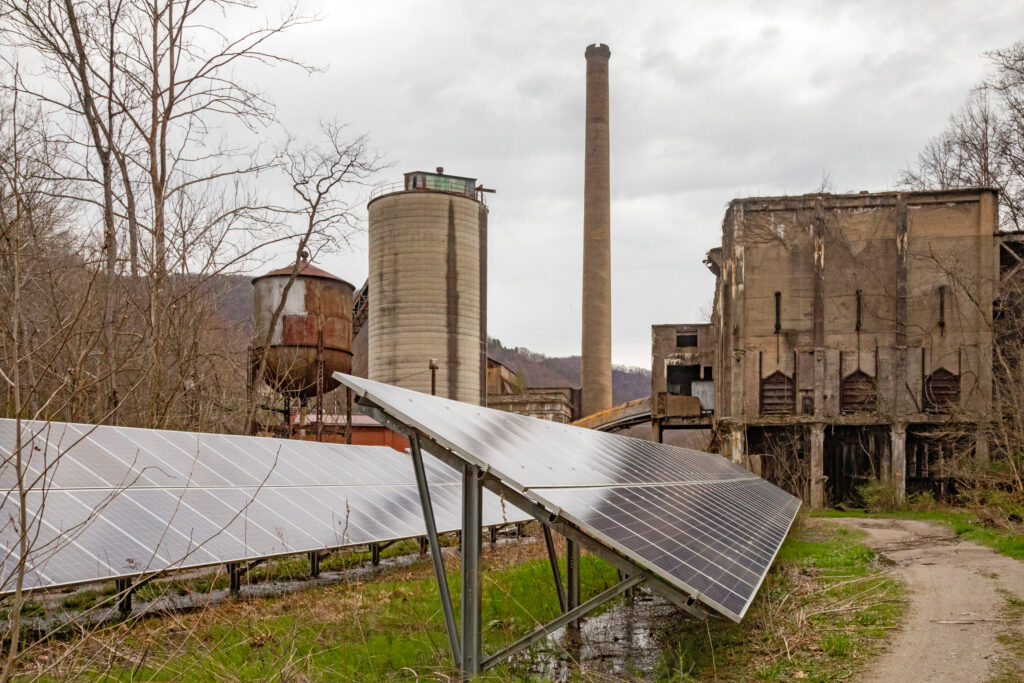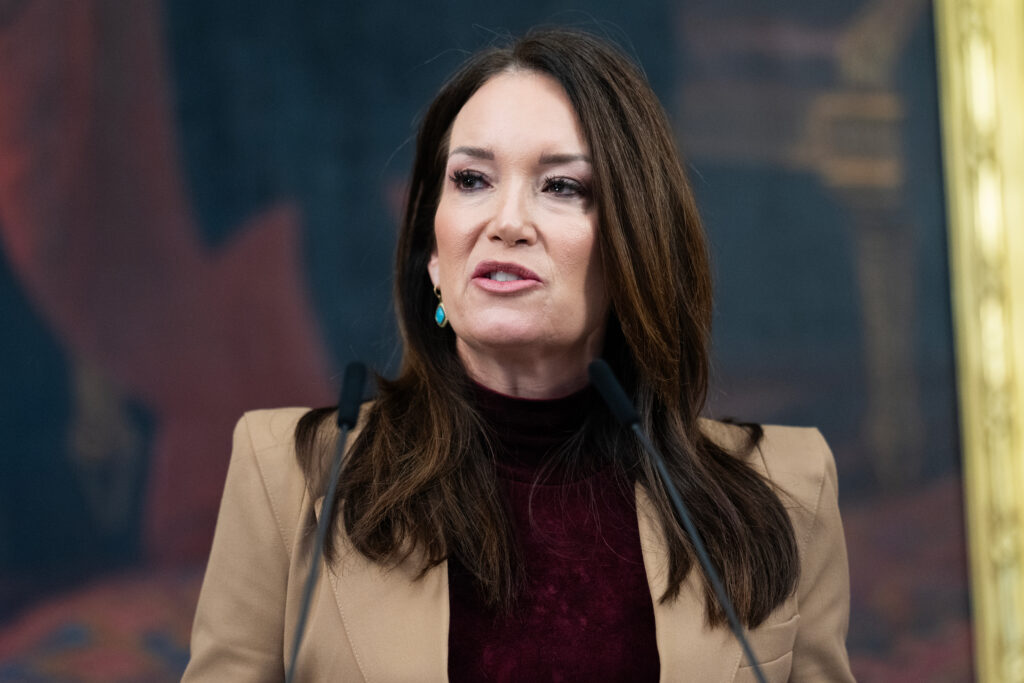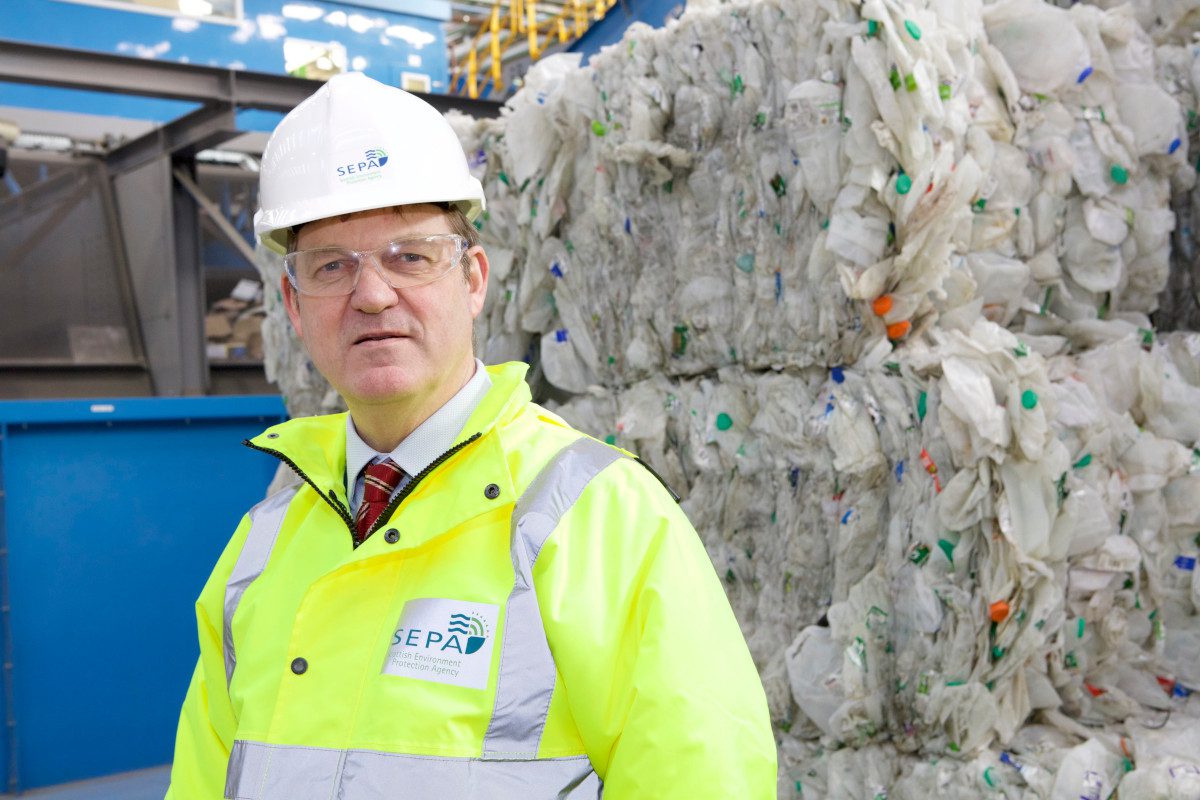The world is still on track to reach peak oil around 2030 if countries stick to their “stated policies,” according to a new report released Wednesday by the International Energy Agency.
But the emissions prognosis is looking worse than it did a year ago, thanks in large part to an about face on U.S. climate policy under President Donald Trump that has slowed renewable energy and electric vehicle growth projections.
The intergovernmental IEA puts out its World Energy Outlook every fall modeling energy trends and global emissions under different scenarios, including one based on “stated policies” and the agency’s reading of the direction countries are moving in to confront climate change.
Last year, the agency projected a growth in renewables based on countries’ stated policies, which would push coal, oil and natural gas past their demand peaks by 2030.
This year, the report still had oil peaking around 2030, but showed it declining somewhat more slowly afterward than in last year’s modeling. Coal is still nearing peak demand, due largely to projected declines in its use in China’s power sector. In one of the more notable revisions since last year, the IEA projected gas demand to peak in 2035, rather than by 2030, “due mainly to changes in US policies and lower gas prices.”
Renewable energy proponents remained heartened by the fact that, despite the backslide on fossil fuels, the report showed renewables growing faster than any other energy source over the next decade, led by a boom in solar deployment.
“It’s very clear that renewables are taking over,” said Dave Jones, an electricity analyst at the think tank Ember. “In the ‘stated policies’ scenario, the whole of the power system has basically doubled its [renewables] capacity by 2035.”
He said the scenario based on governments’ stated policies is conservative when you consider the pace of renewables growth over the past few years. “The world is actually going slightly faster than that,” he said.
The report emphasized a boom in electricity demand, with a projected growth of 40 percent by 2035, driven by increased use of air conditioners, advanced manufacturing and industry, the use of electric modes of transportation and heating, and data centers. The latter are projected to represent less than 10 percent of electricity demand growth globally, with 85 percent of that concentrated in the U.S., China and the European Union.
“Last year, we said the world was moving quickly into the Age of Electricity—and it’s clear today that it has already arrived,” said IEA Executive Director Fatih Birol in a statement. He noted that “global investment in data centers is expected to reach $580 billion in 2025,” surpassing the $540 billion being spent on global oil supply this year.
The boom in electricity demand growth raises questions about the forms of generation that will be used to meet it.
For the U.S., the report scaled back its renewable energy growth projections for 2035 by 30 percent under its “stated policies” scenario. It revised EV growth projections down for “advanced economies,” especially the U.S. But the report says that at the global level, “renewables continue their rapid expansion,” with China remaining the largest market, accounting for 40 to 60 percent of global deployment over the next ten years.
Nuclear power is also projected by the report to increase by at least a third by 2035.
The new assessment comes as countries gather in Belém, Brazil, for COP30, the United Nations annual climate talks, where they will spend two weeks negotiating a global plan to reduce emissions.
This year, U.N. Secretary-General António Guterres said countries would bypass the target to limit global warming to 1.5 degrees Celsius that they set ten years ago through the Paris Agreement. In the IEA’s new “stated policies” scenario, the world would warm 2.5 degrees by 2100, which ticked up .1 degrees from its 2.4 degrees projection last year.
In addition to a scenario based on governments’ stated policies, the IEA also brought back a “current policy” scenario that it had dropped from its books in 2020. This scenario assumes countries will stick to the clean energy policies they already have in place without adopting new ones.
The agency had faced political pressure from the Trump administration to drop its promotion of decarbonization and what some Republicans said was a negative outlook for fossil fuels in its reports.
The IEA did not respond to a request for comment as to whether this pressure factored into its decision to include the “current policy” scenario by the time of publication. In a commentary last week, an IEA director and its chief energy economist wrote that there was merit in considering that scenario.
The Department of Energy and Republican Senate Majority Whip John Barrasso, who led the criticism of IEA, did not respond to requests for comment.
Under the “current policy” scenario, renewables still meet the largest percent of energy demand growth in the future, but the build out is slower. Oil and gas demand continues to grow through 2050. Coal still peaks, but tapers off more slowly. EVs plateau after 2035 at around 40 percent of new car sales, instead of rising past 50 percent by 2035. The surging LNG export capacity, increasingly dominated by the United States, is fully met by demand in China and Europe. And the world warms by 2.9 degrees Celsius by 2100.
Jones, the Ember analyst, said that scenario was unlikely.
“It assumes that all the way through to 2050 the share of EV sales outside Europe and China is the same as it was in 2024, which is crazy when you see that every year sales have been rising for all sorts of key countries in emerging markets,” he said.
The authors of the IEA report wrote that neither scenario is a forecast. They said the “current policies” scenario projects slower adoption of new technologies than has occurred recently and should not be interpreted as “business as usual.” The “stated policies” scenario includes government actions that have not been formally adopted and does not assume that all intentions and aspirational goals “seamlessly become reality,” they wrote.
A third net zero emissions scenario maps out a path for how countries can reduce emissions to net zero by 2050, which would require a much more rapid scale up of renewable energy. And a brand new scenario shows how countries can achieve universal access to electricity by 2035, and clean cooking by 2040.
While the report typically includes a scenario modeling a future where countries achieve the national climate targets that they pledge to meet in agreements with the U.N, the IEA said that would come later this year, “once a more complete picture of these commitments” emerges.
New national targets were due earlier this year but many countries have yet to submit them.
About This Story
Perhaps you noticed: This story, like all the news we publish, is free to read. That’s because Inside Climate News is a 501c3 nonprofit organization. We do not charge a subscription fee, lock our news behind a paywall, or clutter our website with ads. We make our news on climate and the environment freely available to you and anyone who wants it.
That’s not all. We also share our news for free with scores of other media organizations around the country. Many of them can’t afford to do environmental journalism of their own. We’ve built bureaus from coast to coast to report local stories, collaborate with local newsrooms and co-publish articles so that this vital work is shared as widely as possible.
Two of us launched ICN in 2007. Six years later we earned a Pulitzer Prize for National Reporting, and now we run the oldest and largest dedicated climate newsroom in the nation. We tell the story in all its complexity. We hold polluters accountable. We expose environmental injustice. We debunk misinformation. We scrutinize solutions and inspire action.
Donations from readers like you fund every aspect of what we do. If you don’t already, will you support our ongoing work, our reporting on the biggest crisis facing our planet, and help us reach even more readers in more places?
Please take a moment to make a tax-deductible donation. Every one of them makes a difference.
Thank you,

















